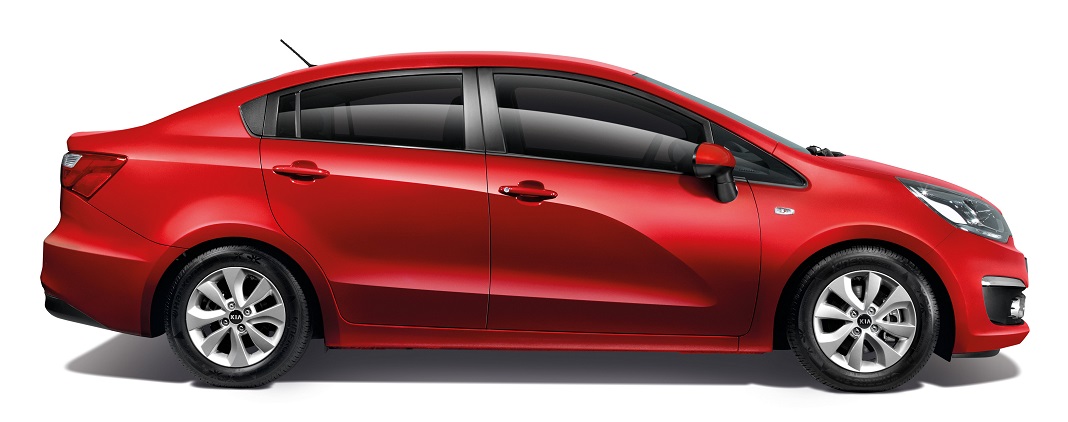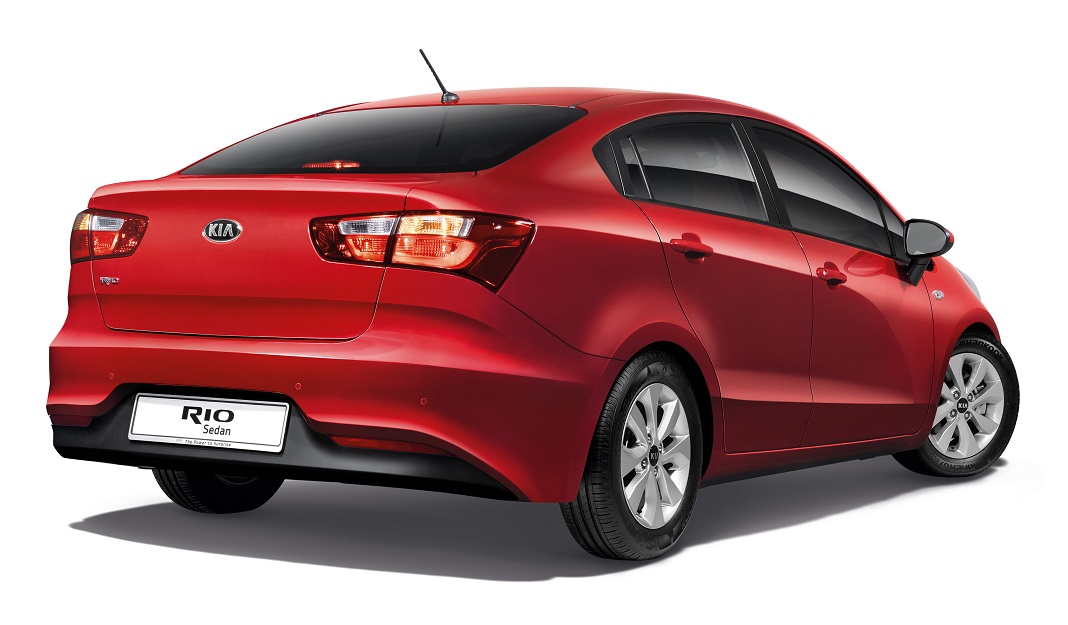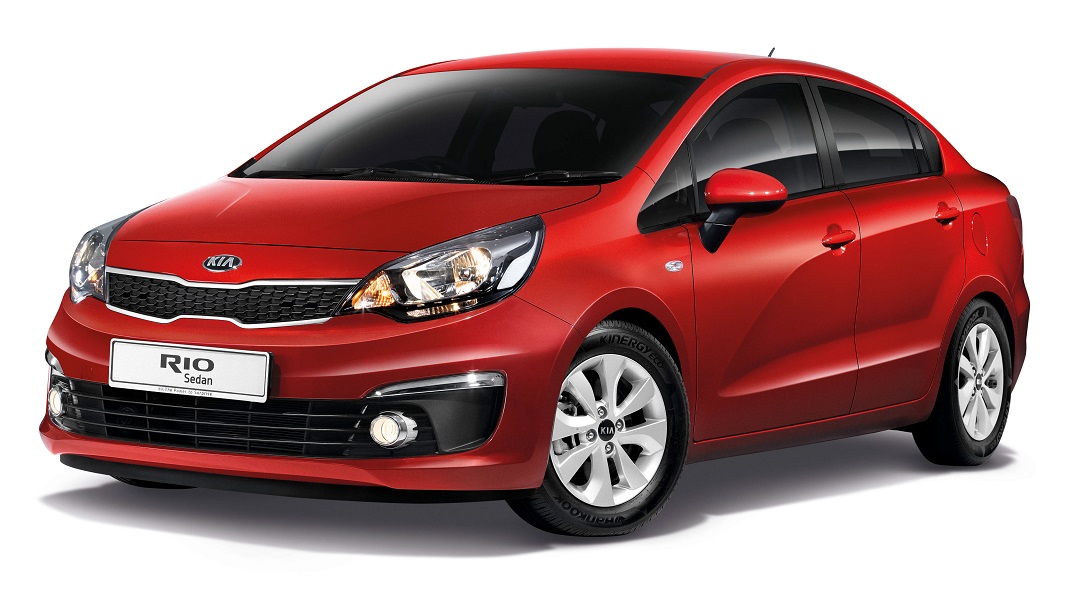 In 2014, Kia was less than 100 units shy of the 10,000 sales mark, but in 2015, total units sold dipped to 4,674. You don’t need to be Einstein to work out the drop to be more than 50%, a significant retraction despite the total industry volume of 2015 (or total units sold by brands that declare to the Malaysian Automotive Association) being no worse off compared to 2014.
In 2014, Kia was less than 100 units shy of the 10,000 sales mark, but in 2015, total units sold dipped to 4,674. You don’t need to be Einstein to work out the drop to be more than 50%, a significant retraction despite the total industry volume of 2015 (or total units sold by brands that declare to the Malaysian Automotive Association) being no worse off compared to 2014.
Over the years, Korean brands have relied on the strategy of offering tremendous value for money, along with snazzy, youthful designs. In other words, if you had the budget to spend on a top-spec Japanese B-segment sedan (e.g. Toyota Vios, Honda City, Nissan Almera, etc), you would then be very tempted by the one-class higher C-segment Kia Forte or Cerato for the same money. And the strategy worked, for a while.
Of course, the Japanese brands hadn’t sat around pruning their Bonsais, they have responded with grown up B-sedans that are not only better equipped, but crucially, better priced. With brand image and ownership proposition still very much in their favour, you could say that the empire has struck back with a vengeance in 2015.
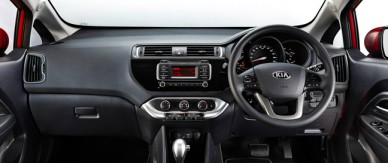 Finally, a true B-sedan contender
Finally, a true B-sedan contender
It has been a while since we’ve had a bona fide B-sedan challenger from Korea. Initially to be available as CBU and thereafter as CKD, the new Rio sedan will be a key litmus test for the Kia brand in Malaysia, and most likely its best opportunity yet to claw back some numbers now that it’s finally contesting in the largest segment of the market.
At an on-the-road price of RM72,888 (inclusive of insurance, GST, road tax, etc.), the single-variant Kia Rio sedan is clearly the best-value proposition in its class. It would be too laborious to list everything down, so here are some of its more salient features: six airbags, electronic stability control, hill start assist, front and rear disc brakes, daytime running lights, tyre pressure monitoring system, rear seats with 60:40 split folding, six-speaker audio system with 800MB of memory and Bluetooth connectivity, telescoping steering adjustment and 15in alloys.
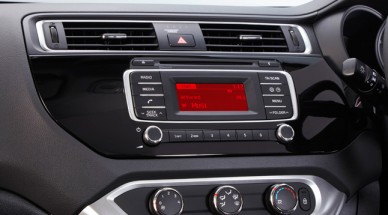 Powered by a 109hp/137Nm 1.4-litre 4-cylinder engine that’s mated to a 4-speed automatic, the Kia Rio sedan actually has a lengthier wheelbase (2,570mm) compared to a Vios, so legroom should be adequate, though trunk space at 389 litres is short of its Japanese rivals. But instead of being a nuisance to the usual suspects, the Kia Rio sedan is well positioned to poach some sales from the national brands, namely Proton, as well as to convince Perodua upgraders seeking his/her first non-national B-sedan to get into a Rio. If this pans out, official distributor Naza Kia’s goal of selling 1,400 units (or 115 units per month) of the Rio sedan, along with an overall target of slightly over 6,000 units for brand in 2016, might just be on the conservative side.
Powered by a 109hp/137Nm 1.4-litre 4-cylinder engine that’s mated to a 4-speed automatic, the Kia Rio sedan actually has a lengthier wheelbase (2,570mm) compared to a Vios, so legroom should be adequate, though trunk space at 389 litres is short of its Japanese rivals. But instead of being a nuisance to the usual suspects, the Kia Rio sedan is well positioned to poach some sales from the national brands, namely Proton, as well as to convince Perodua upgraders seeking his/her first non-national B-sedan to get into a Rio. If this pans out, official distributor Naza Kia’s goal of selling 1,400 units (or 115 units per month) of the Rio sedan, along with an overall target of slightly over 6,000 units for brand in 2016, might just be on the conservative side.
